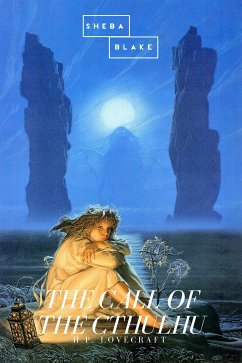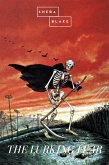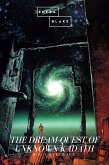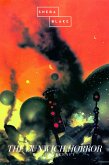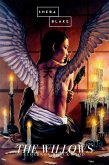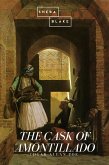The Call of the Cthulhu is a short story by the American writer H. P. Lovecraft. Written in the summer of 1926, it was first published in the pulp magazine Weird Tales, in February 1928. The narrator, Francis Wayland Thurston, recounts his discovery of notes left behind by his grand-uncle, Brown University linguistic professor George Gammell Angell after his death in the winter of 1926-27. Among the notes is a small bas-relief sculpture of a scaly creature which yields "simultaneous pictures of an octopus, a dragon, and a human caricature." The sculptor, a Rhode Island art student named Henry Anthony Wilcox, based the work on delirious dreams of "great Cyclopean cities of titan blocks and sky-flung monoliths." Frequent references to Cthulhu and R'lyeh are found in Wilcox's papers. Angell also discovers reports of mass hysteria around the world. More notes discuss a 1908 meeting of an archeological society in which New Orleans police official John Raymond Legrasse asks attendees to identify a statuette of unidentifiable greenish-black stone resembling Wilcox's sculpture. It is then revealed that the previous year, Legrasse and a party of policemen found several murdered women & children being used in a ritual by a cult, in a shunned region of a Louisiana swamp. After killing five of the cultists and arresting 47 others, Legrasse learns that they worship the "Great Old Ones" and await the return of a monstrous being called Cthulhu. The prisoners identify the statuette as "great Cthulhu." One of the academics present at the meeting, Princeton professor William Channing Webb, describes a group of "Esquimaux" with similar beliefs and fetishes. Thurston discovers a 1925 article from an Australian newspaper which reports the discovery of a derelict ship, the Emma, of which second mate Gustaf Johansen is the sole survivor. Johansen reports that the Emma was attacked by a heavily armed yacht called the Alert.
Dieser Download kann aus rechtlichen Gründen nur mit Rechnungsadresse in A, B, BG, CY, CZ, D, DK, EW, E, FIN, F, GR, H, IRL, I, LT, L, LR, M, NL, PL, P, R, S, SLO, SK ausgeliefert werden.

